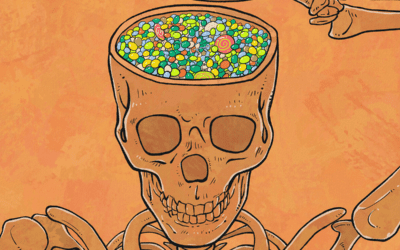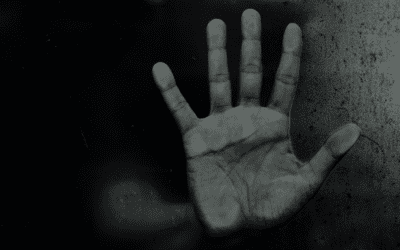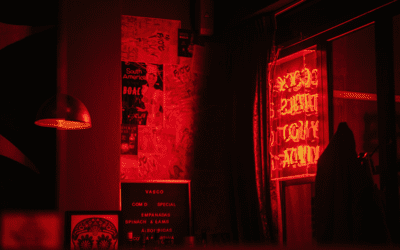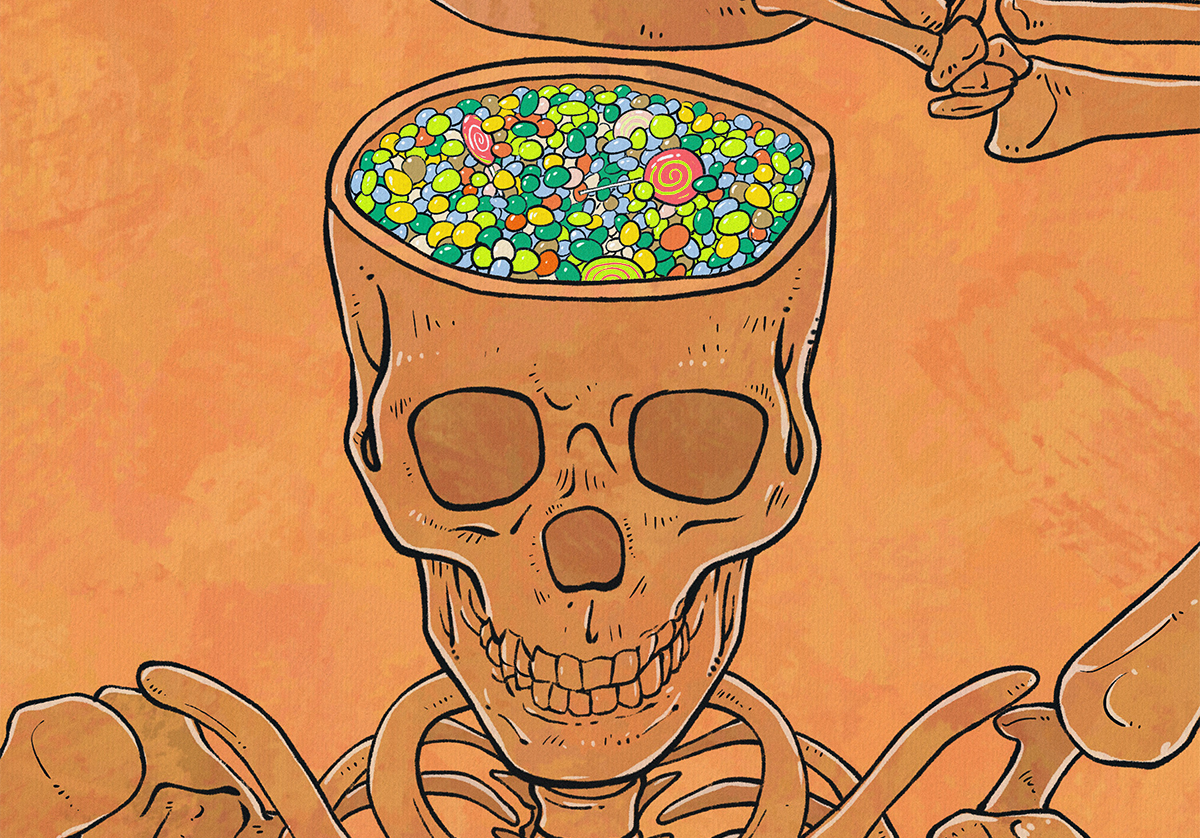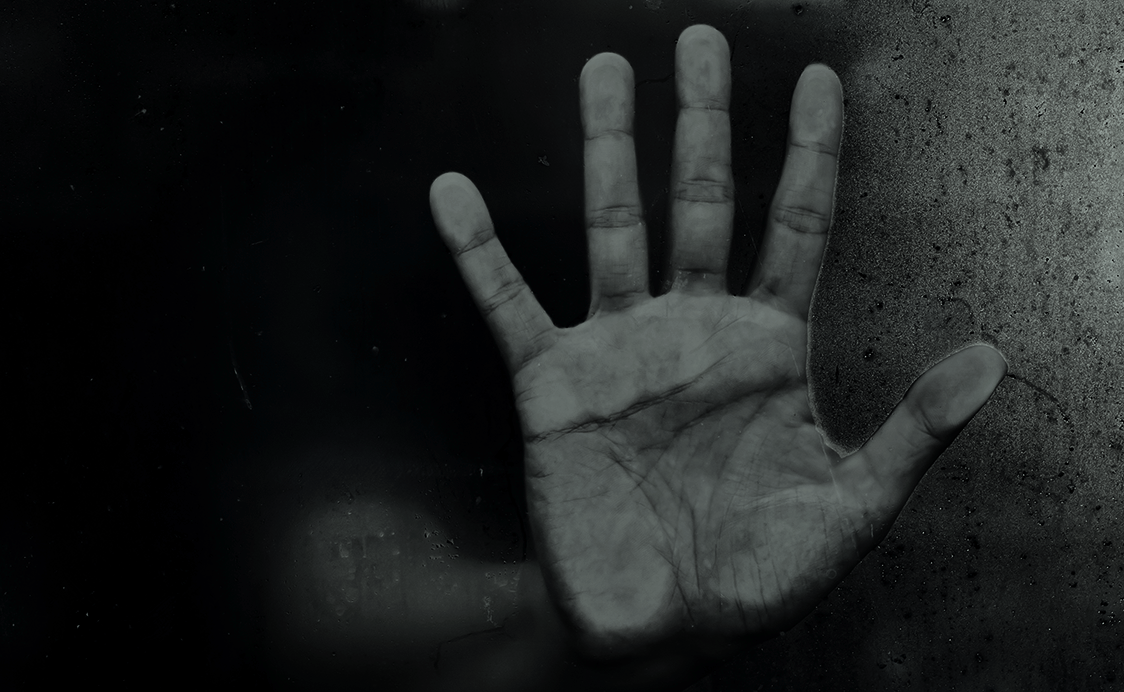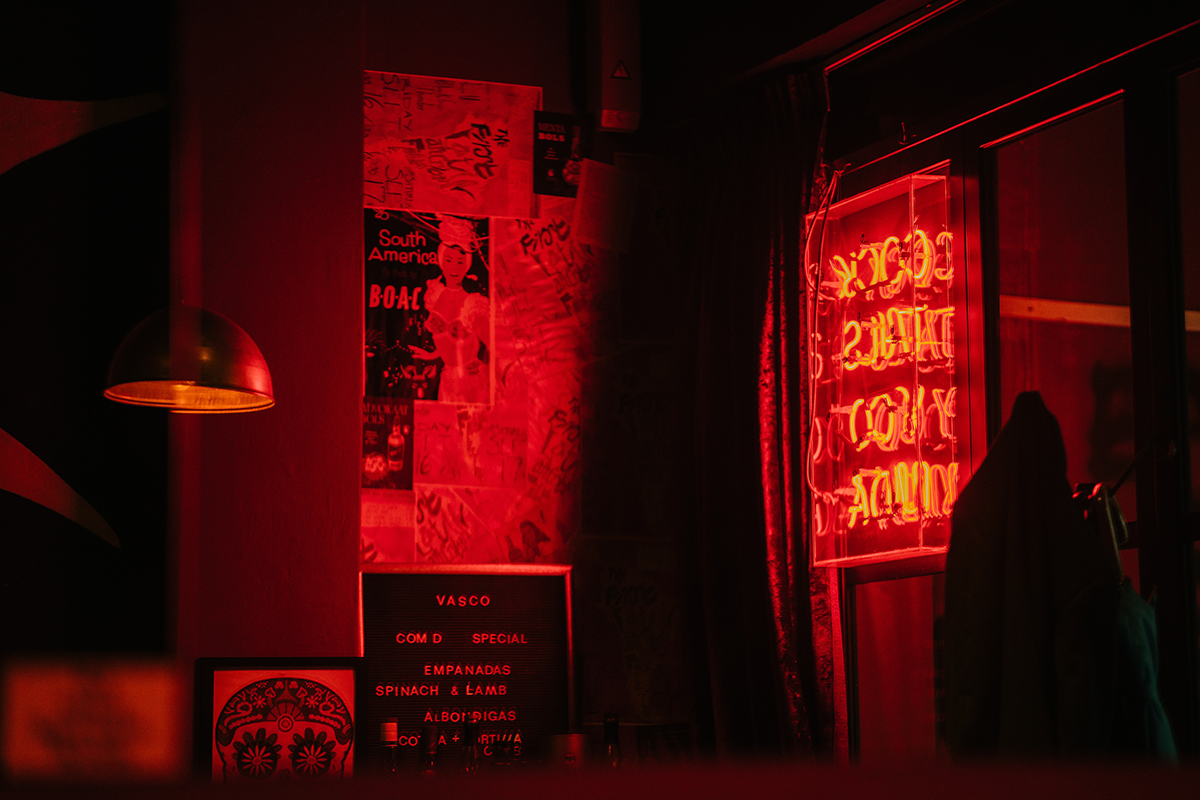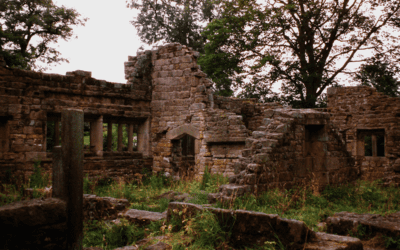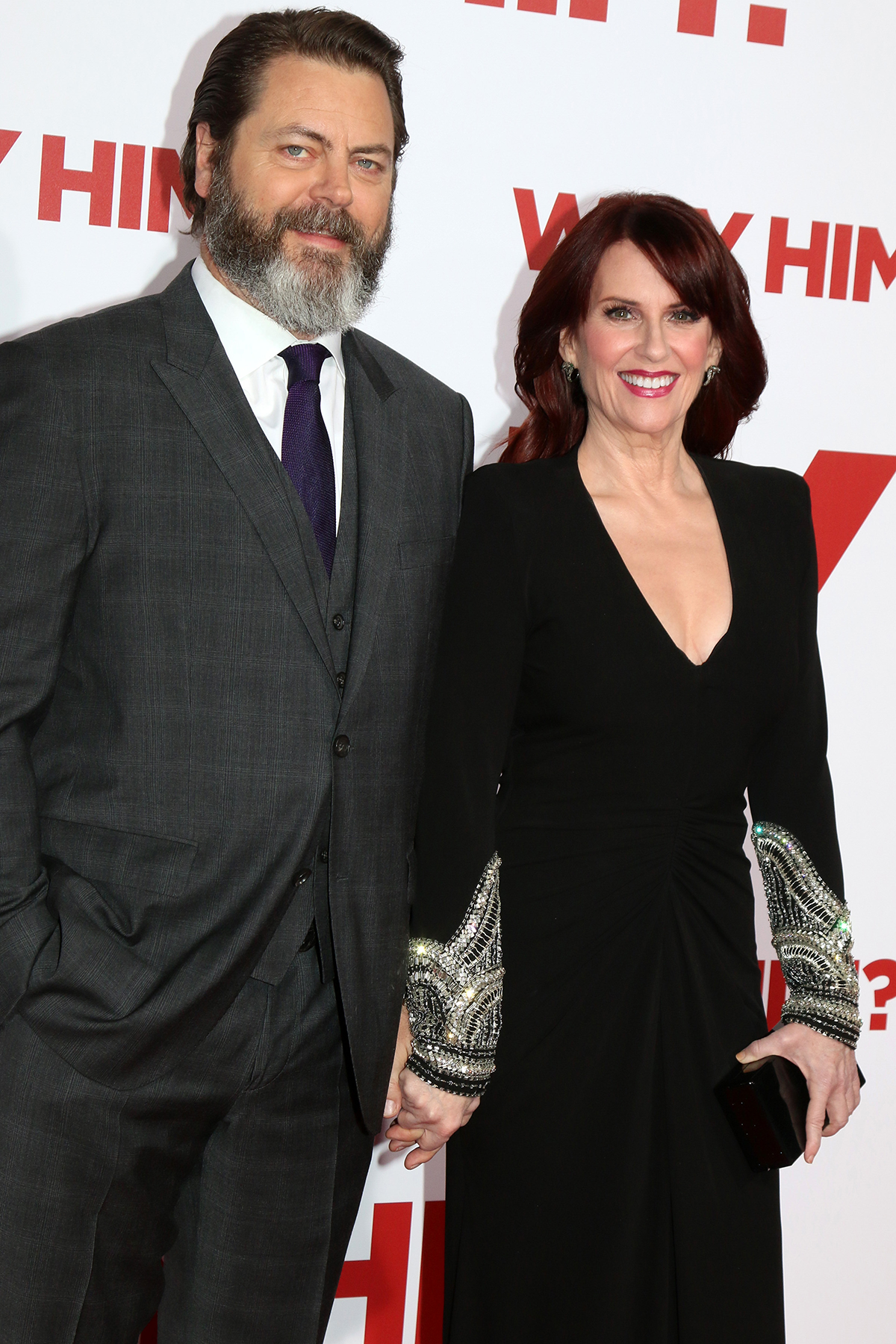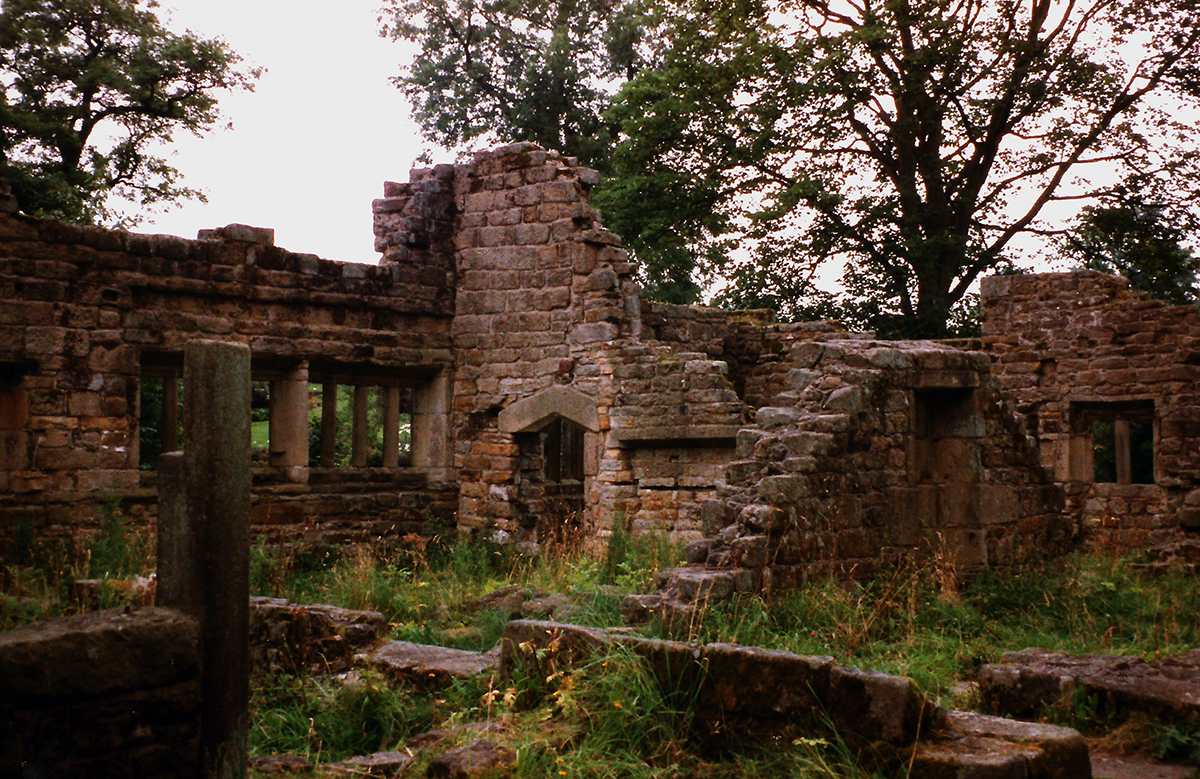
Ghost town of Eureka, CO. Photo Credit: D&RG Railfan.
Set back from the banks of the Animas River in San Juan County lies a ruin. Not unlike the bleached remains of ancient Greek columns, the ruin is carved into the rugged backbone of the San Juan Mountains in southern Colorado. Badly broken, only the stone foundation remains; a reminder of Eureka’s glorious past as a bustling mining town in the Old West.
When lode gold was found in the Little Giant vein at Arraste Gulch, Charles Baker and his fellow miners set out for what were then Ute Indian tribal lands. Rebuffed, it would be ten years before Baker returned. After the signing of the Brunot Treaty in 1873, Baker and some of the original miners returned to the Little Giant vein. They pitched their camp in what is today Barker Park, in the modern town of Silverton.
Big Business in Little Eureka
The ghost town of Eureka’s location was more than happenstance. In order to avoid avalanches, a phenomenon all too common in the treacherous passes of the Rocky Mountains, the town was built along the slopes nestled between two mountainsides. Although they had purpose and a location, the founders did little to secure funding or promote their new town; like their other neighbors in the San Juan Mountain range, the miners were busy mining.
Despite a distinct disregard for planning, the mining town drew people from all around. Before long, Eureka steadily grew to one of the largest mining towns on the Silverton Northern Railroad line. The settlement was seen as so successful, the wealthy owners of a nearby ore operation moved their entire company to Eureka. The Sunnyside Ore Mill, on the bend of the Animas River, was established in 1875.
For all its success, living in a mining town was a rewarding, if difficult, existence. Eureka possessed a major mercantile market, hotels, billiard halls, a post office, and a night life without compare in the San Juan Mountains. The Wild West life in Eureka mainly catered to men and boasted its main street had “the finest saloons anywhere.”
The Death of a Mining Town
However, it did not last. Eureka always was and could only be a mill town. For a settlement that was never promoted or managed well by its owners, the Great Depression landed the final blow. After a series of economic downturns, blackouts, the 1918 Influenza, and a destructive fire, the ore mill shuttered its doors and closed for the final time in 1939. At the time of its closure, the Sunnyside Ore Mill was the largest gold producer in Colorado.
All that is gone now. Even the Silverton Northern rail line which forked with the Rio Grande Railroad into Denver is gone. The line and the old facilities were disassembled piece by piece and later sold for scrap by the mill company. The old wooden mine shafts are caved in and flooded. The only sign of the hard-living ghost town of Eureka with its once wild nightlife is a soft gravel track leading to the crumbling facade of the old ore mill in the San Juan Mountains. █




